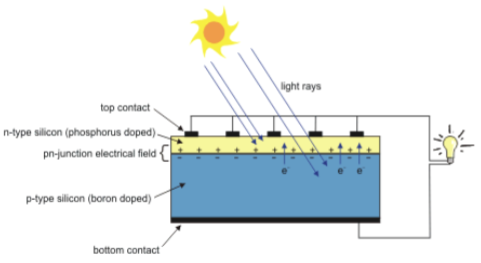Review and Analysis on Solar Energy Forecasting Using Soft Computing and Machine Learning Methodologies
Main Article Content
Abstract
Traditional power producing methods can't keep pace with India's growing need for electricity. New Delhi to Kolkata were all without power as of July 30, 2012, due to the world's largest blackout. In the next five years, India's power generation capacity will expand by 44 percent. Demand for power develops as India's population and economy expand. To reduce power outages and satisfy future energy needs, what needs to be changed? India has made the decision to move away from fossil fuels in favor of renewable energy sources, both for economic and environmental reasons. There has been an increase in the use of solar PV panels as a sustainable energy source in recent years. With improved access to data and computing power, machine-learning algorithms can now make better predictions. Machine learning and time series models can assist many stakeholders in the energy industry make accurate projections of solar PV energy output. In this study, various machine learning algorithms and time series models are evaluated to find which is most effective. While much research has already gone into wind energy forecasting, solar energy forecasting is only now beginning to see an uptick in interest. A detailed review and analysis model is presented in this study. Power system operational planning has become a major issue in today's world. In order for the power system to function properly, a range of factors must be anticipated with the utmost accuracy over various forecasting horizons. It is important to note, however, that scholars have devised a variety of methods for forecasting distinct factors. Exogenous variables play an important role in the implementation and analysis of new forecasting models that have recently been published in the literature. In order to predict renewable energy resources, an intelligent approach is needed. Achieving the best accurate forecasts for these variables while minimizing computing effort is a work in progress because of the rising complexity of the power system. Solar power forecasting as well as wind power forecasting will be the focus of this research in light of these concerns. Comparing these models' outcomes to the results of previous models will also be done.
Article Details

This work is licensed under a Creative Commons Attribution-NoDerivatives 4.0 International License.

